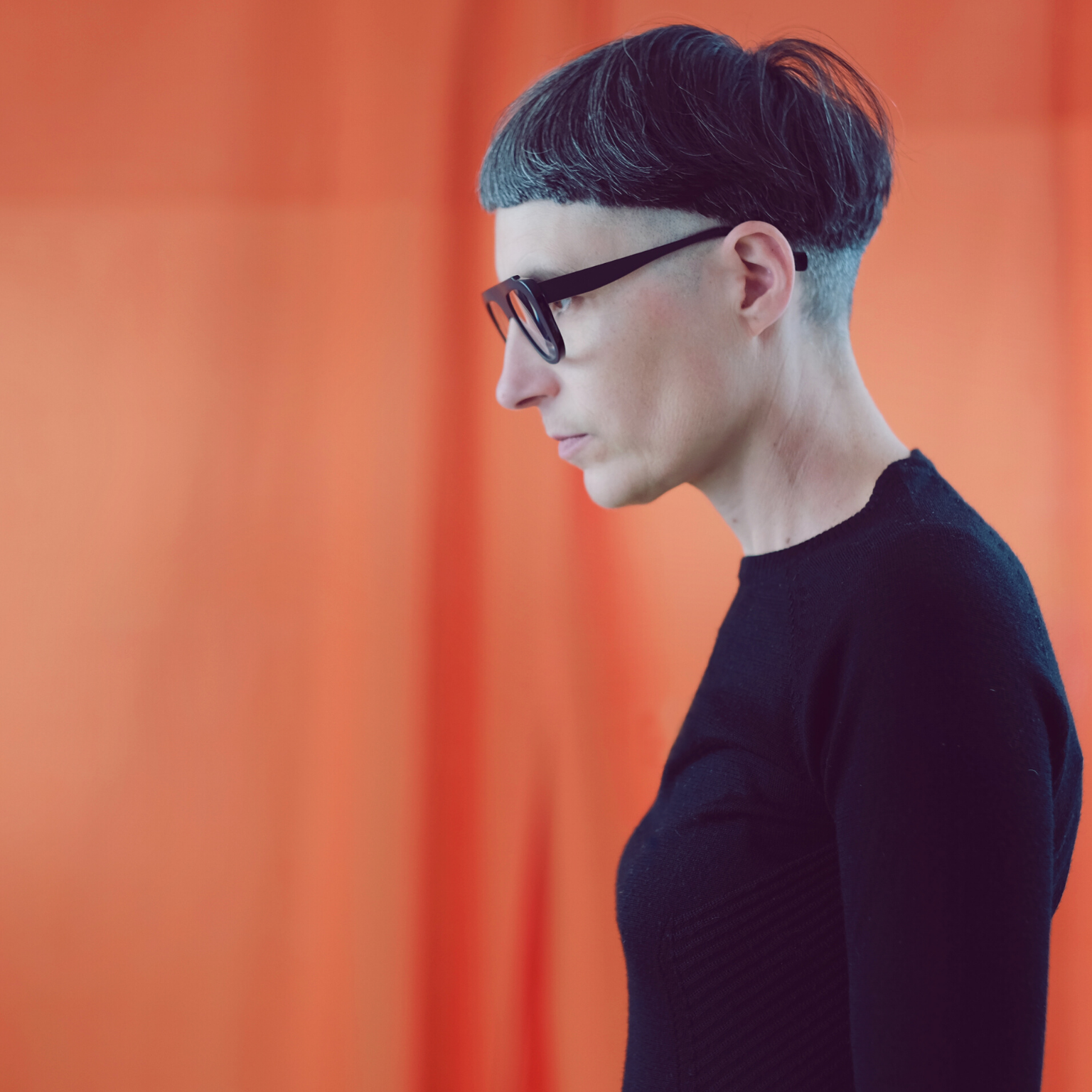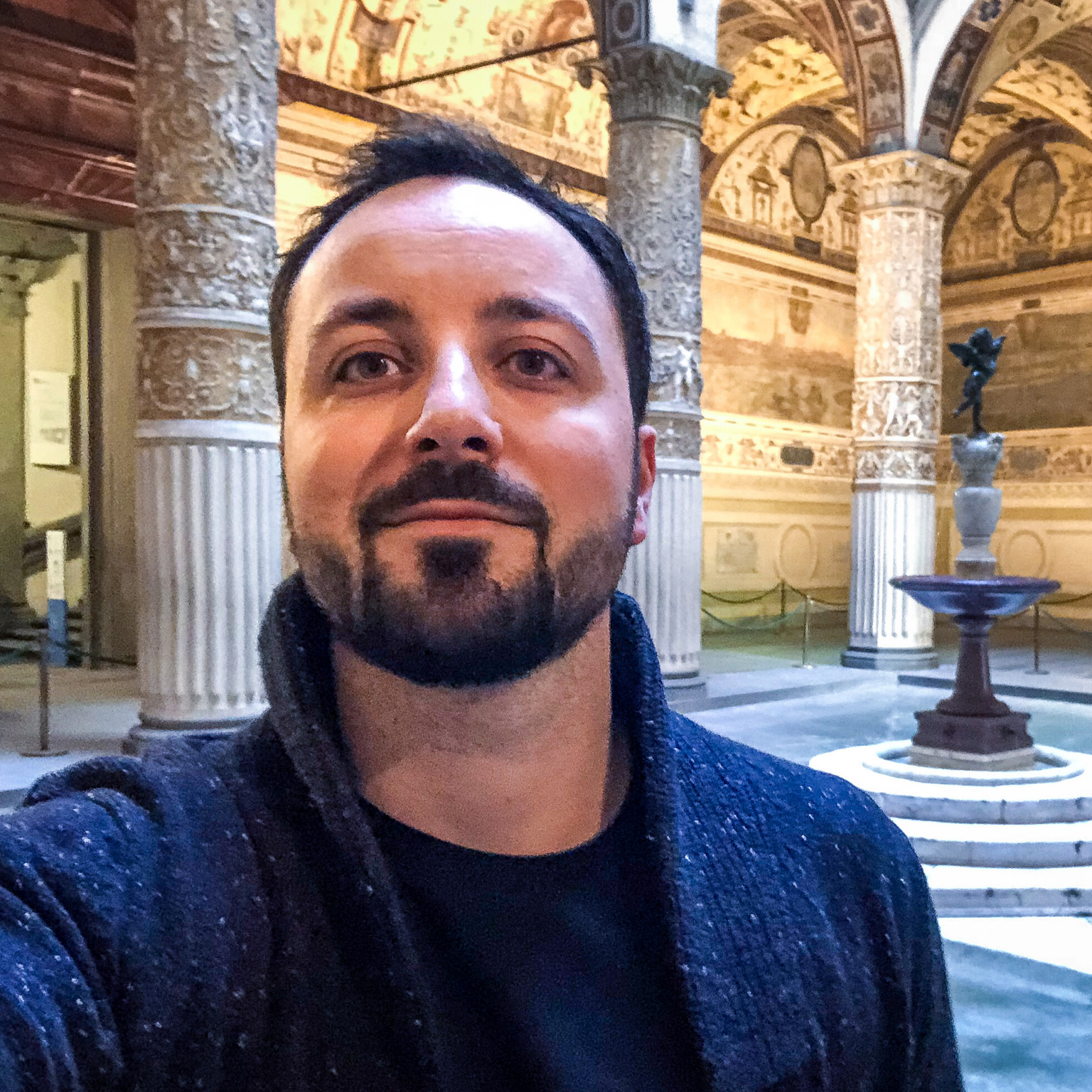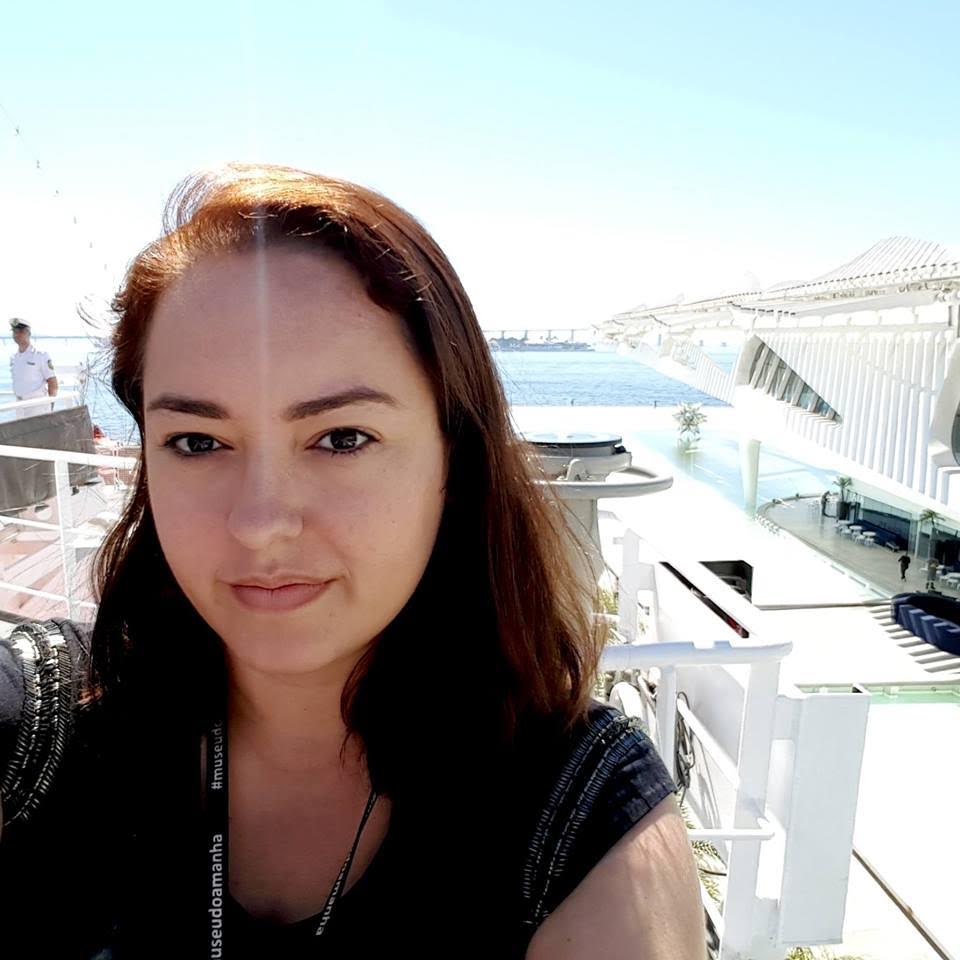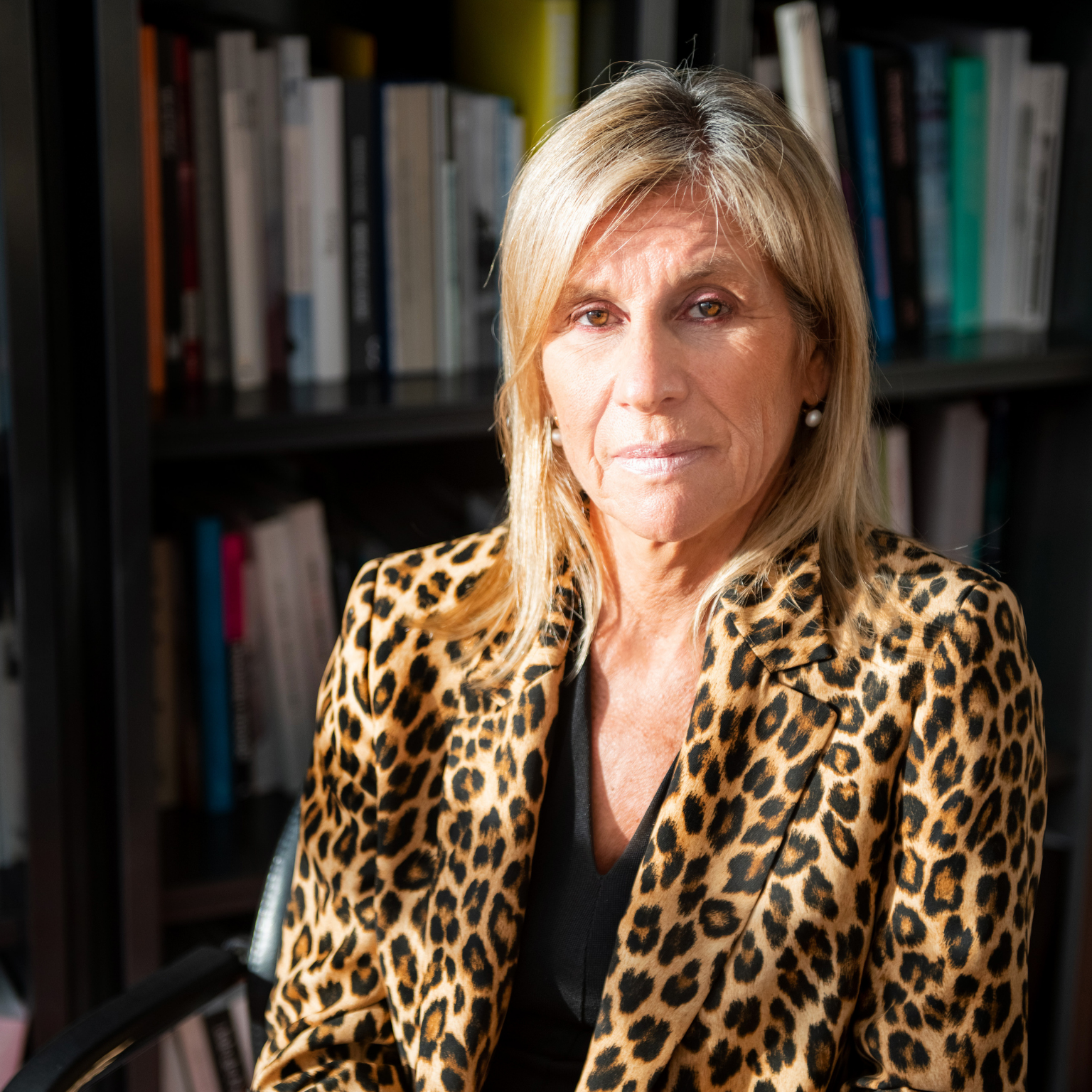Matali Crasset, 52, formerly trained as an industrial designer. Photography © Julien Jouanjus
1. Why you are participating in MuseumWeek?
To my mind culture is one of the paramount issues governing the much ill-abused French notion of coexisting together. It seems to me in this respect that museums are not only major components but also corner stones in transmitting a culture based on humanism. As a native of a small village in a rural area, it strikes me as quite determining to be supporting such ambitious initiatives as the château de Montsoreau at regional level.
2. The #WomenInCulture hashtag will give voice to women in culture. Tell us why you are involved in this movement.
I have never questioned being a woman in my work. I have always moved forward without being concerned about genre issues. However, it is difficult not to notice that female designers are rather scarce in numbers and that their work is not really put forward. The 100th Anniversary of the Bauhaus makes it clear that the women involved made specific efforts not to stand in the way of the men’s renown and that Walter Gropius deliberately created a textile design workshop to this end. That being said, it nevertheless remains that it’s women who have brought about both revolution and progress in looking at domesticity: take Catherine Beecher, Eileen Gray, Charlotte Perriand or Nanna Ditzel… What these women truly understood was that an object is not only designed from an aesthetic angle but also from the perspective of its domestic function and usage. Added spotlight and exposure on women’s work is a positive initiative indeed. However, what is really needed is a proper ground swell at this stage since history was made completely ignoring women.
3. Tell us about inspiring women you respect whether historical or contemporary.
If I had but to quote one it would be Jane Addams, without the shadow of a doubt: a philosopher, sociologist and 1931 Nobel Prize winner. I got acquainted with her thinking through the Hull House and for me, her thoughts reflect an entirely different way of both conceiving and deciphering design. The Hull House, “a community of university women” welcomed and socialised working-class people and new immigrants both culturally and politically in Chicago at the end of the 19th century. They worked on lodging issues in insalubrious times ridden with diseases, on arts and crafts, manual gestures, traditions and popular cultures while always keeping human dignity at heart.
> Website : matalicrasset.com
Twitter @matalicrasset e& Instagram @matalicrasset



